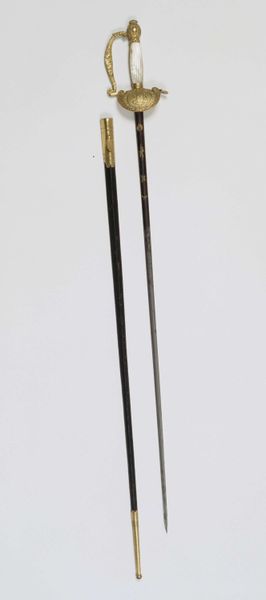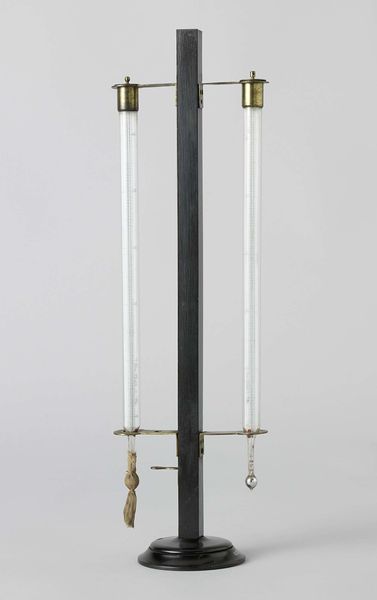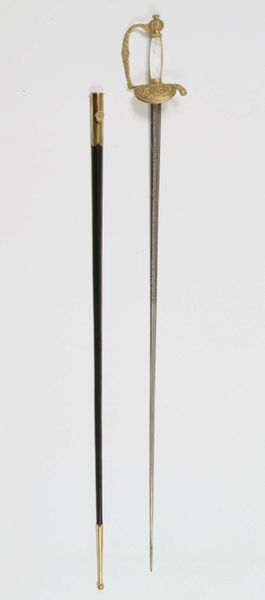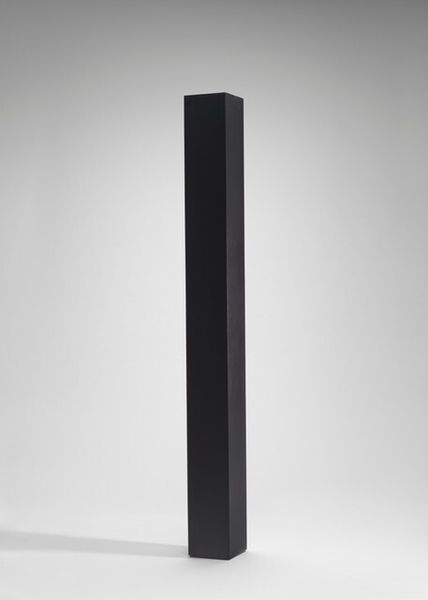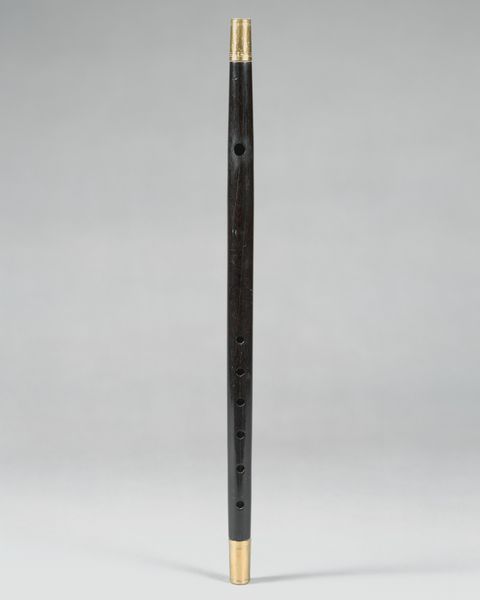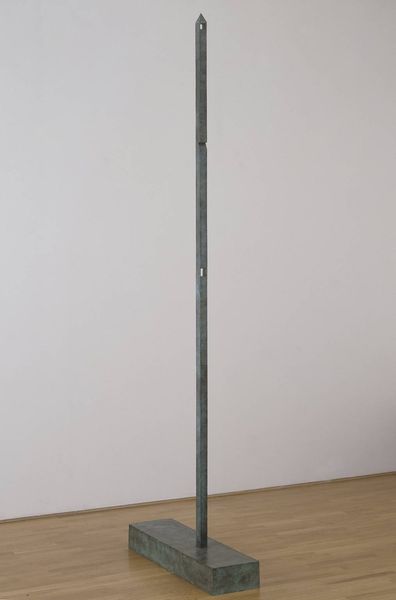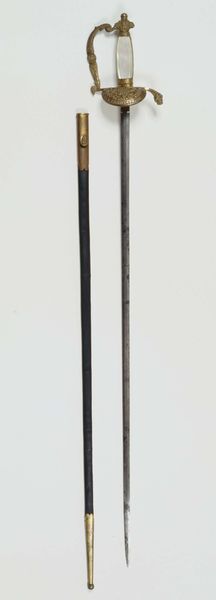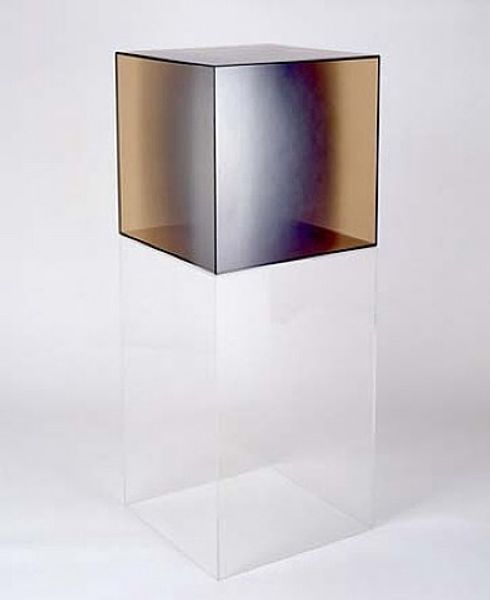
metal, sculpture
#
conceptual-art
#
minimalism
#
metal
#
sculpture
#
form
#
geometric
#
sculpture
#
abstraction
#
line
Copyright: Sol LeWitt,Fair Use
Curator: Well, hello there. Look at this structure. The interplay of shadow and line creates such a compelling… vibe. Editor: Absolutely, that starkness is immediately striking. We’re looking at Sol LeWitt’s "Standing Open Structure Black," created in 1964. The metal sculpture’s geometric framework emphasizes form and the absence of it, playing with negative space in a very provocative way. Curator: Negative space, yes, that’s exactly it! I feel as though I could just climb inside and sort of... rethink everything. It's incredibly grounding despite being so minimal. Does that make any sense? Editor: It does. The piece is deeply embedded within Minimalist and Conceptual art movements. It’s about reducing the artwork to its fundamental components, challenging conventional notions of artistic expression, and rejecting established standards of aesthetic experience by stripping art of emotion. Its intellectual and structural rigidity invites interpretation. Curator: I've always appreciated how he embraced simple forms to sort of…get under the skin of more profound ideas. Almost like haiku in metal. Editor: The structure, its industrial aesthetic, mirrors a kind of grid; the artwork engages with power structures in society, acting as both an exploration and a critique. It reflects the restrictive constraints of established orders as much as it highlights art’s power to be conceptually transformative. Curator: Transformative… I love that. You see the grid, and I see endless possibilities, a ladder perhaps to climb above, to find new ways of expression… Funny, isn't it, how such severe art can lead to flights of fancy? Editor: The sculpture becomes a tool, not only for observation, but engagement and introspection too. LeWitt makes us complicit in its meaning, because that meaning lies outside of the work. What’s exciting here is that LeWitt’s minimalist grid, with its industrial materiality, lays bare the potential to examine abstract theory in art with contemporary discourse that addresses questions of race, class and gender. Curator: Gosh, from what I see, a minimalist expression with expansive heart. That´s exactly the kind of art that fills a gallery, or a life, with magic! Editor: A perfect synthesis of intellectual and material critique – leaving us much to consider beyond the simple geometry.
Comments
No comments
Be the first to comment and join the conversation on the ultimate creative platform.
